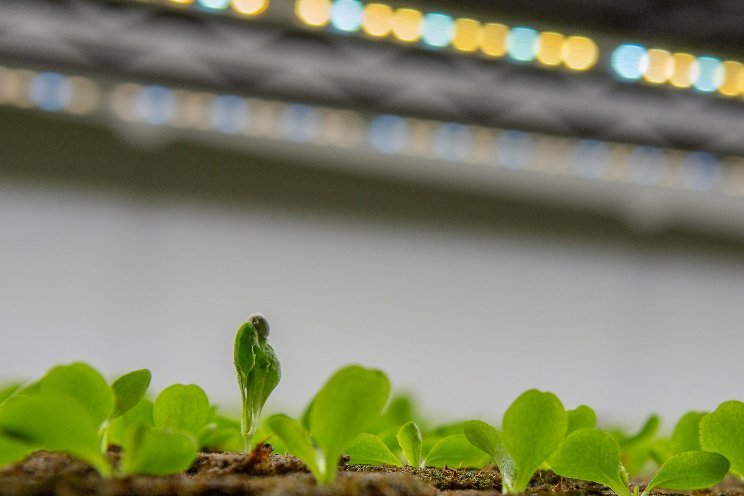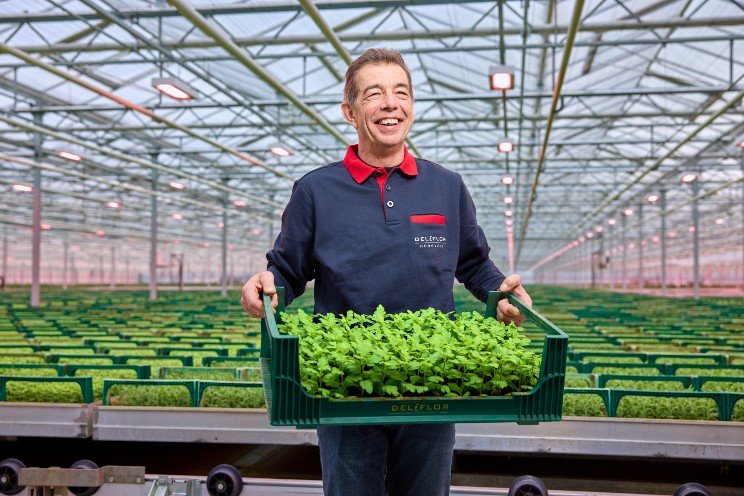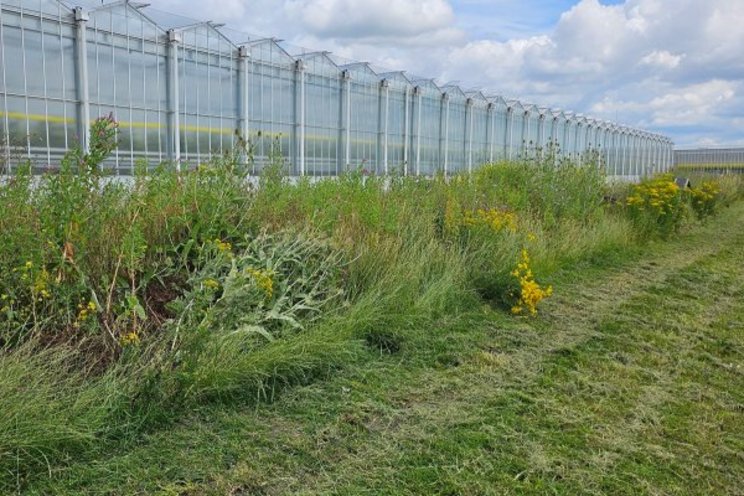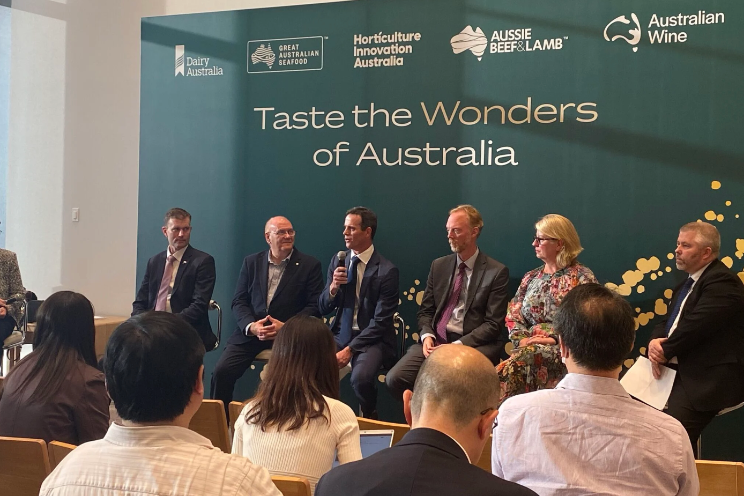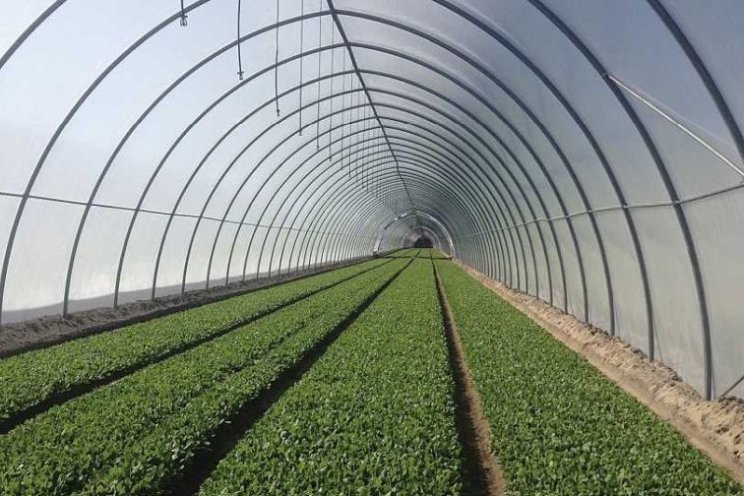Is PGR cannabis worth the weight?
Added on 21 April 2023
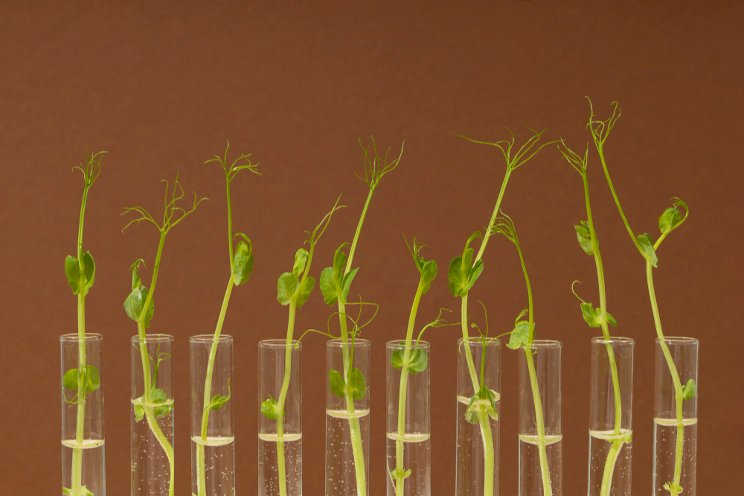
While this may help cultivation-focused companies reach their target quarterly profits, the financial achievement could come at great risk to consumers’ health, brand reputation, and the way the industry is regulated.
What is PGR weed?
Natural PGRs are plant hormones that influence the way plants grow. Synthetic PGRs are utilized in grow rooms around the world to seek out similar results. These man-made compounds are designed to control different aspects of the plant growth cycle, and have been a topic of study throughout the industry.
The food industry is notoriously strict on growth regulators—like the bovine growth synthetic hormone that poses a variety of risks for animal and human health—and the FDA’s stance on these PGRs is pretty clear-cut: you use them in food crops, you’re in big trouble.
However, the laws are a bit murky for cannabis operators: while some compounds have been banned entirely, others remain unlisted and unregistered—and therefore very much on the table for cannabis growing use.
In cannabis, PGRs are often used to increase yield, maximize nug size and density, or speed up the growth process—all of which sound ideal for growers and retailers with a high product demand. However, these synthetics are also known for negatively affecting cannabinoid and terpene development, compromising a cannabis plant’s sought-after taste and smell while potentially endangering consumer health through the residual chemicals.
Image by Freepik
More news

